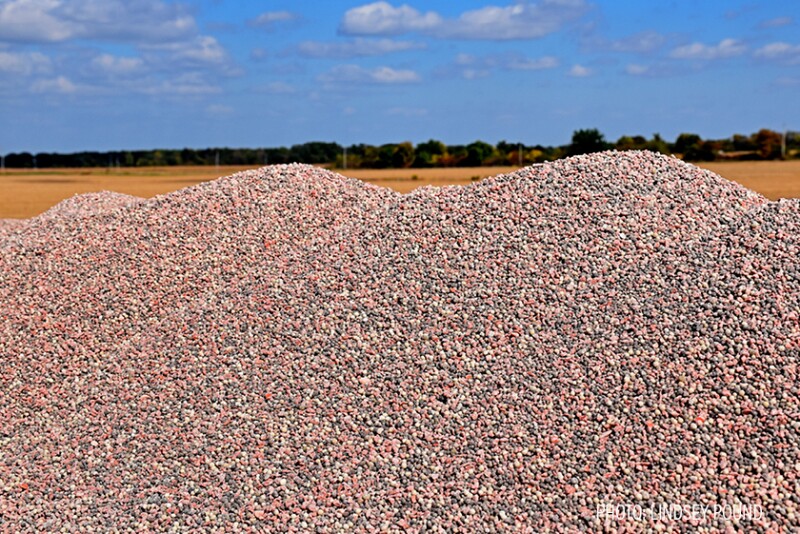While fertilizer prices aren’t at historic highs, relative to crop prices, the quotes farmers are receiving this fall are making them think twice before contracting their inputs for the 2026.
“We are six weeks from November, the time for fall applications,” says Josh Linville, vice president of fertilizer at StoneX. “We are at the zero hour. Harvest is right now. It’s time to make decisions about what we are or are not going to do.”
He says supply is driving prices. The urgency Linville projects is underscored by the reality of things are unlikely to change for the rest of the fall season relative to fall fertilizer pricing. He lays out a scenario where is a deal is struck today, and imported fertilizer is loaded on a ship in the Middle East or China, it’s four weeks until it reaches our ports. Then it’s another four weeks to get it to the Midwest.
“At this point, there’s not enough time to make a difference,” he says.
So what fertilizer product pricing may be causing the most angst?
According to a USDA report released last week, U.S. production could be sufficient to meet domestic demand for phosphate and most of the nitrogen. However, the U.S. is dependent on imports of potash.
Focusing on fall-applied nitrogen products, Linville says the anhydrous supply is ‘okay.’ One area he’s watching is the import supply from Trinidad and Tobago, which is currently having a 15% tariff applied.
“They can ship that product anywhere around the world,” Linville says. “They don’t need to come to the U.S., so there’s a little question mark there.”
With potash, the Trump administration trade policies and ag groups’ work to have potash listed as a critical mineral (and therefore exempt to tariffs) have helped solidify and keep steady those prices.
The biggest macronutrient to watch is phosphate.
“We’re in very bad shape,” Linville says. “Phosphate is in dire straits. And honestly, it needs demand destruction this fall to rebalance the supply and demand. These high prices are actively trying to kill demand.”
As Linville explains, five countries control about 90% of global phosphate supply. China is the largest exporter—and it used to export up to 10 million tons a year. However, that has been slashed in half to only 4.5 million tons for 2025.
“We don’t have excess production around the world to make up the difference,” Linville says.
In the U.S., Moroccan imports of phosphates have countervailing duties.
According to the U.S. Geological Survey (2022), the United States has 1 billion metric tons in phosphate rock reserves. Phosphate production in the U.S. was 25 million tons in 2006, but it has been on the decline since then. In 2022, U.S. production was less than 15 million tons.
“Our own production has been suffering since 2021 [due to natural disaster, namely hurricanes] and this quarter, we’re running at a 58% operating rate. It’s also due to environmental policies,” Linville says.
Calls for greater transparency.
A new bill, The Fertilizer Research Act, has been introduced by Senator Joni Ernst (R-Iowa) Senator Chuck Grassley (R-Iowa), Senator Tammy Baldwin (D-Wis.), and Senator Raphael Warnock (D-Ga.). This legislation would requires USDA to do a study on fertilizer market competition and pricing.
“Fertilizer is an essential tool our farmers rely on to maintain healthy soil and improve crop yields,” said Senator Ernst in a press release. “I’m working hard to drive down fertilizer costs and make life more affordable for both farmers and consumers. By gaining a better understanding of the fertilizer industry, this research will provide the foundational knowledge needed to give farmers much needed clarity and certainty as harvest approaches.”
If passed, USDA Secretary would consult the Economic Research Service to issue a report including:
- A description of impacts on the fertilizer market that influence price
- Market trends in the past 25 years
- A description of the imported fertilizer and market impacts
- Impacts of anti-dumping and countervailing duties
- A study of fertilizer industry concentration
- A study of emerging fertilizer technologies
- A description of whether current public price reporting is sufficient for market transparency


